From now until 2030, along with the priority of developing Can Gio international transit port, the seaport block in Ho Chi Minh City will focus on increasing the length of wharfs and relocating some ports on the Saigon River...
Priority international transit port
In the first two months of 2025, according to statistics from the Vietnam Maritime and Inland Waterways Administration, Ho Chi Minh City seaports grew by more than 13.5% compared to the same period in 2024.

Ho Chi Minh City seaport is an important seaport in the global supply chain. Photo: TCSG.
Previously, in 2024, the volume of goods passing through Ho Chi Minh City seaports reached 189 million tons, of which containers alone reached 108 million tons (8.4 million TEUs). The average growth rate of goods in the period 2020-2024 reached 3.8%.
Currently, Ho Chi Minh City seaport has 99 hard wharves with a total length of about 14,918m, and 67 buoy wharves have been announced to operate.
The regional seaport has received the largest ship with a capacity of 150,000 tons at the buoy wharf area on the Go Gia River, general cargo and bulk cargo ships with a capacity of up to 60,000 tons offloaded and container ships with a capacity of up to 45,000 tons offloaded at the wharf.
However, in the draft of the Detailed Plan for the development of land and seaport areas in Ho Chi Minh City for the period 2021-2030, with a vision to 2050, recently submitted by the Vietnam Maritime Administration and Waterways to the Ministry of Construction , the agency said that there are still many problems in the development of Ho Chi Minh City's seaports.
Accordingly, the progress of infrastructure development of industrial parks after the port is slow, leading to the slow formation of ports directly serving industrial parks (typically Cat Lai, Hiep Phuoc...).
To form and ensure the operation of a new port area requires synchronous infrastructure, while the capacity of some investors is still limited.
In addition, the process of relocating and converting the functions of the ports on the Saigon River port area has not met the requirements according to the planning schedule. In particular, the lack of planning for stable and long-term locations for dumping dredged materials has affected the progress of dredging and maintaining the shipping routes and water areas in front of the port.
Great potential
According to the Report of the Vietnam Maritime and Waterways Administration, by 2030, Ho Chi Minh City seaports will have 41 - 44 wharves, including 89 - 94 wharves with a total length of 16,588 - 18,588m (not including other wharves).
Vision to 2050, continue to invest in Can Gio international transit port area to form a large-scale international transit port cluster of Asian and international stature at Cai Mep estuary; complete the relocation of ports on Saigon River...
According to the Draft detailed planning for the development of land and seaport areas in Ho Chi Minh City for the period 2021-2030, with a vision to 2050, by 2030, the investment capital demand for the Ho Chi Minh City seaport system is determined to be about 77,600 billion VND.
Cargo throughput through regional seaports is expected to reach 228 - 253 million tons (container cargo from more than 11.4 - 12.8 million TEUs, excluding international transit container cargo).
Passenger volume from 170.6 thousand passengers to 184.4 thousand passengers. Vision to 2050, continue to develop new ports to meet the demand for goods with an average growth rate of about 3.5-3.8%/year.
According to experts, the Ho Chi Minh City seaport area has many ports invested in with synchronous and modern scale, high-productivity loading and unloading equipment with fast ship clearance time. As assessed by Lloyd's List Maritime Magazine (UK), the future of Ho Chi Minh City seaports can be further expanded.
The Can Gio International Transit Port project near Ho Chi Minh City seaport, if approved, will have a significant impact on trade with countries in the region. Together with the Cai Mep - Thi Vai area, the container port cluster in Ho Chi Minh City will become one of the important port areas in the global goods supply chain.
Businesses need open mechanisms
Mr. Tran Khanh Hoang, Vice President of the Vietnam Port Association (VPA), said that regional connectivity will create great development potential for logistics in general and regional seaports in particular, including Ho Chi Minh City. When the economy develops, it will be an opportunity for seaports to make a breakthrough.
Meanwhile, Mr. Truong Tan Loc, Marketing Director of Saigon New Port Corporation, said that the most important thing now is to have new and open mechanisms and policies for businesses to develop. In particular, there should be policies related to customs and the release of backlogged containers.
"If the release of backlogged containers goes smoothly, ports can ensure reception operations and increase smoothness in production, business and exploitation," said Mr. Loc, suggesting that the interconnection mechanisms between ports and localities such as Cai Mep (Ba Ria - Vung Tau) and Ho Chi Minh City, and between Cat Lai Port and Hiep Phuoc also need to be more open to facilitate the circulation of goods.
Source: https://www.baogiaothong.vn/can-co-che-mo-phat-trien-cang-bien-tphcm-192250324233511672.htm



![[Photo] Party and State leaders attend the special art program "You are Ho Chi Minh"](https://vphoto.vietnam.vn/thumb/1200x675/vietnam/resource/IMAGE/2025/5/18/6895913f94fd4c51aa4564ab14c3f250)
![[Photo] Many young people patiently lined up under the hot sun to receive a special supplement from Nhan Dan Newspaper.](https://vphoto.vietnam.vn/thumb/1200x675/vietnam/resource/IMAGE/2025/5/18/6f19d322f9364f0ebb6fbfe9377842d3)
![[Photo] Ready for the top competitions of Vietnamese table tennis](https://vphoto.vietnam.vn/thumb/1200x675/vietnam/resource/IMAGE/2025/5/18/9c547c497c5a4ade8f98c8e7d44f5a41)


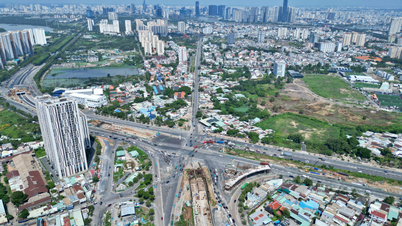




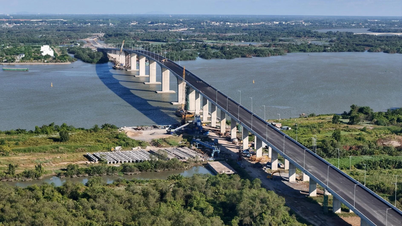












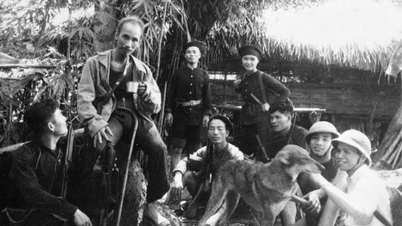



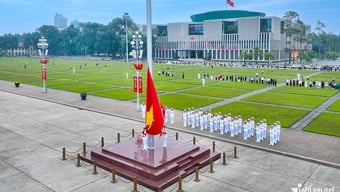

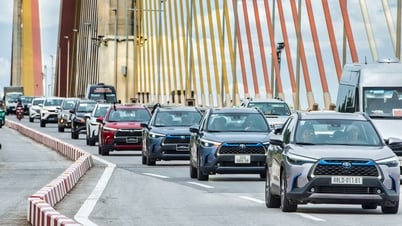




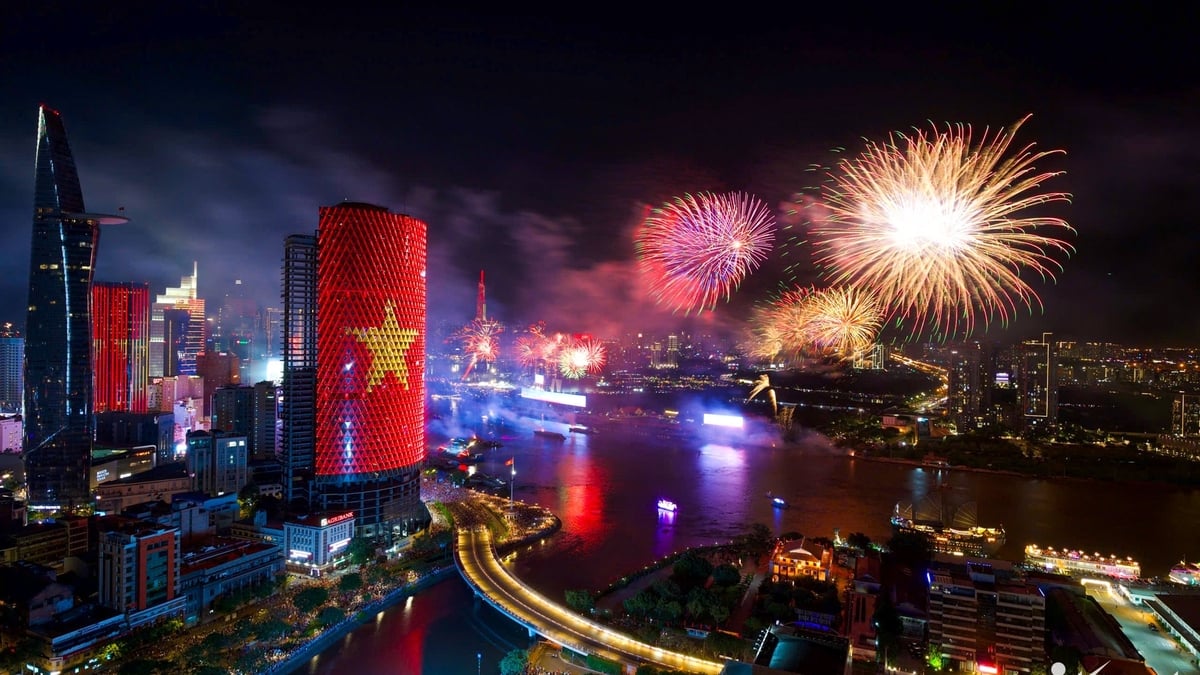
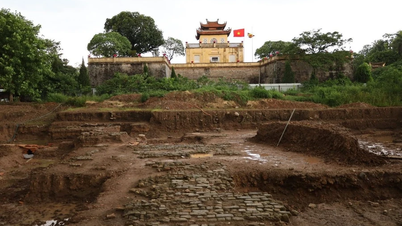




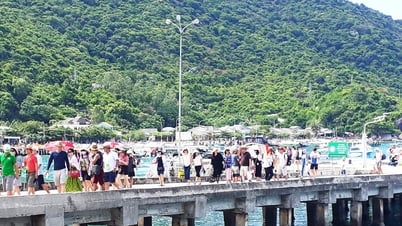
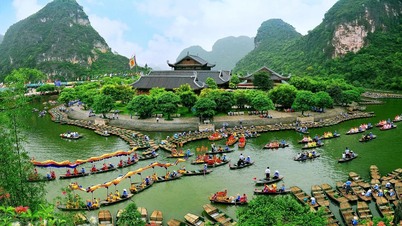














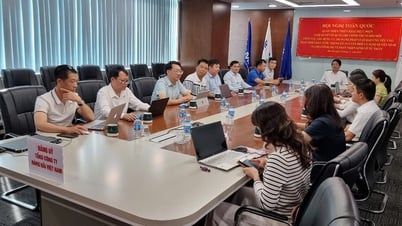



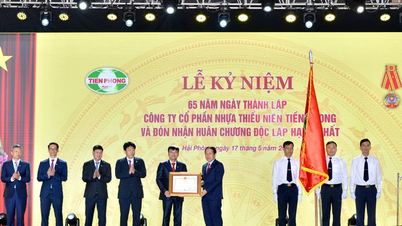











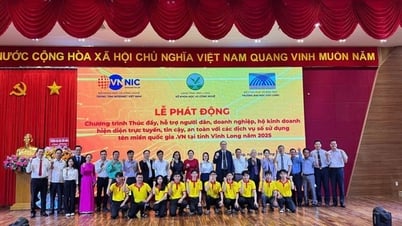

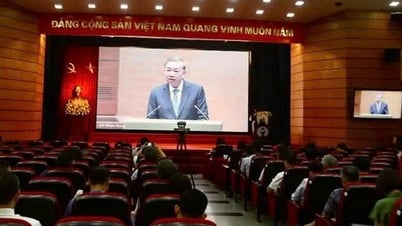
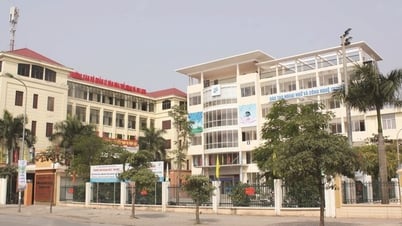






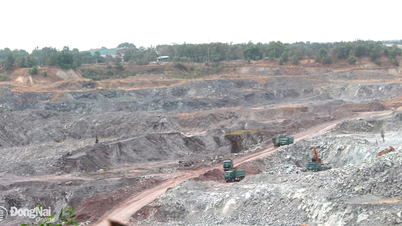
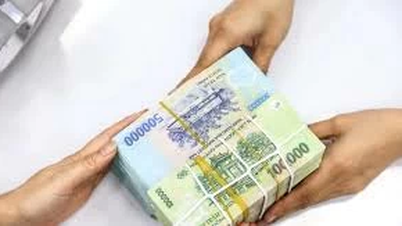





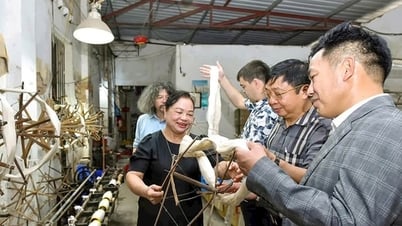








Comment (0)